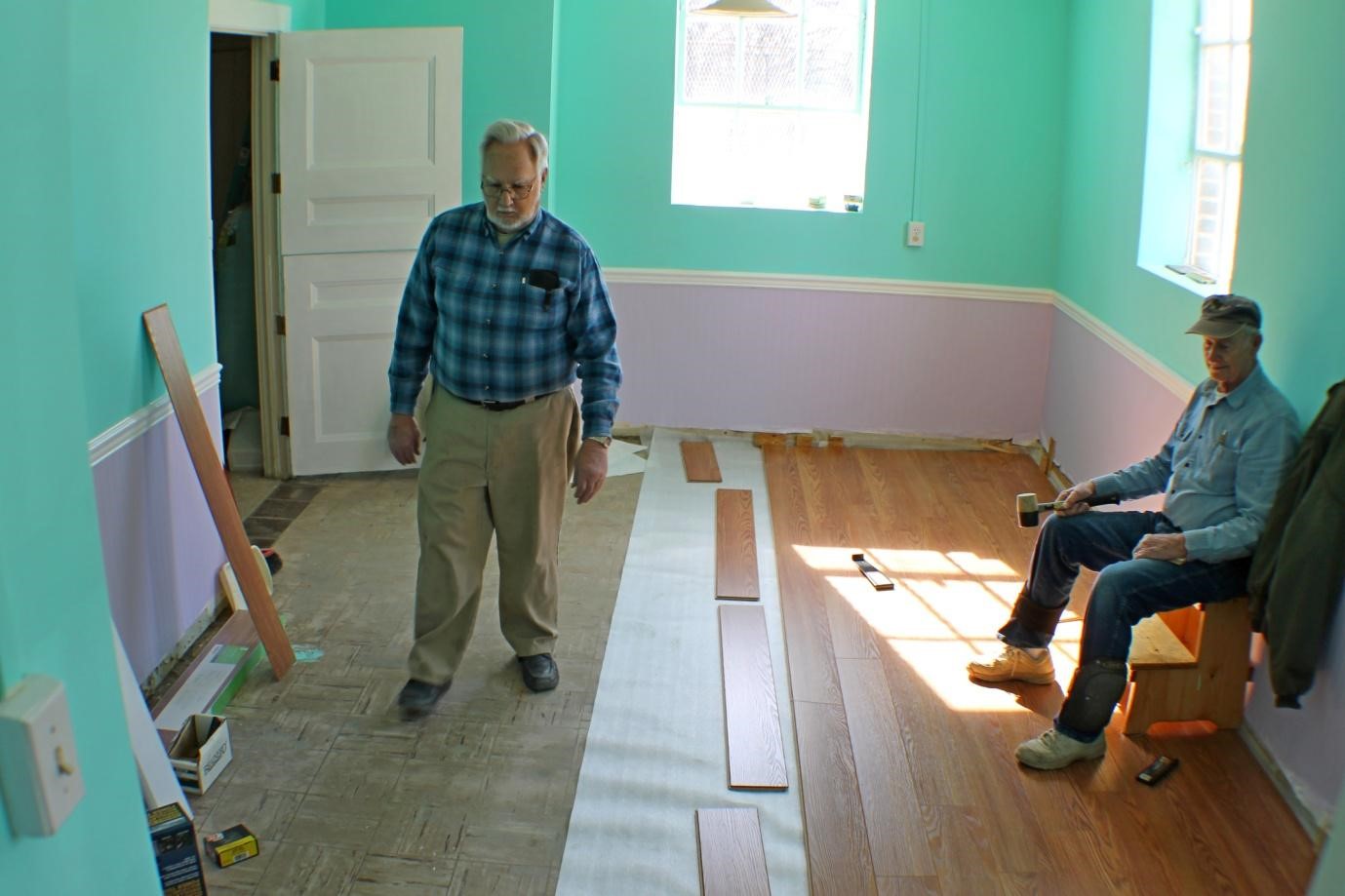Whatever flooring you’re going for, whether it’s carpet, vinyl or Laminate Wood Flooring, this is a great way to give your room a new designer look. For a choice of flooring options you could pop over to links including https://irwintiles.ie/index.php/wooden-flooring.html and see whats available. But in order to guarantee that the flooring will stand the test of time, it’s important that you ensure the surface underneath it is level and strong. If it isn’t, it’s likely that the floor will develop some defects, which could cause it to become uneven and would detract from its new look.

Here are some helpful tips as to how you can avoid these problems.
Levelling a Wooden Floor
Hardboard sheets are great when you’re trying to prepare a wooden floor for a new surface because they’ll help you to get it level, and they’ll reduce the draughts that may come up from underneath them. Before you lay these down, it’s a good idea to spray or brush them with water before you stack them in the room for 48 hours, as this will allow them to expand slightly. This means that when you lay them down they’ll tighten up as they dry rather than expanding, which will make sure they don’t buckle once you’ve laid them down.
Then you’ll need to lay these down (adhering to the manufacturer’s guidelines), starting in the corner of a room and putting each of the sheets tightly together. When you get to the other side of the room, you’ll probably need to cut one of the sheets down, but use the cut-off at the start of your next row so that the sheets are staggered.
Levelling a Concrete Floor
If you’re putting vinyl flooring on a concrete floor, it’s a good idea to use a self-levelling latex compound before you lay it – but only if the concrete floor is sound.
If there are any cracks or holes in the concrete, you’ll need to dampen these with water before using your filler, as this will prevent the filler from cracking because it’s dried too quickly. Using a cement and sand or mortar mix, you can then fill these holes in and leave them to dry. Then you’ll need to add your compound, pouring it across the floor according to the directions provided by the manufacturer. Be careful not to flood the room by spreading it in a thickness of about 3mm.